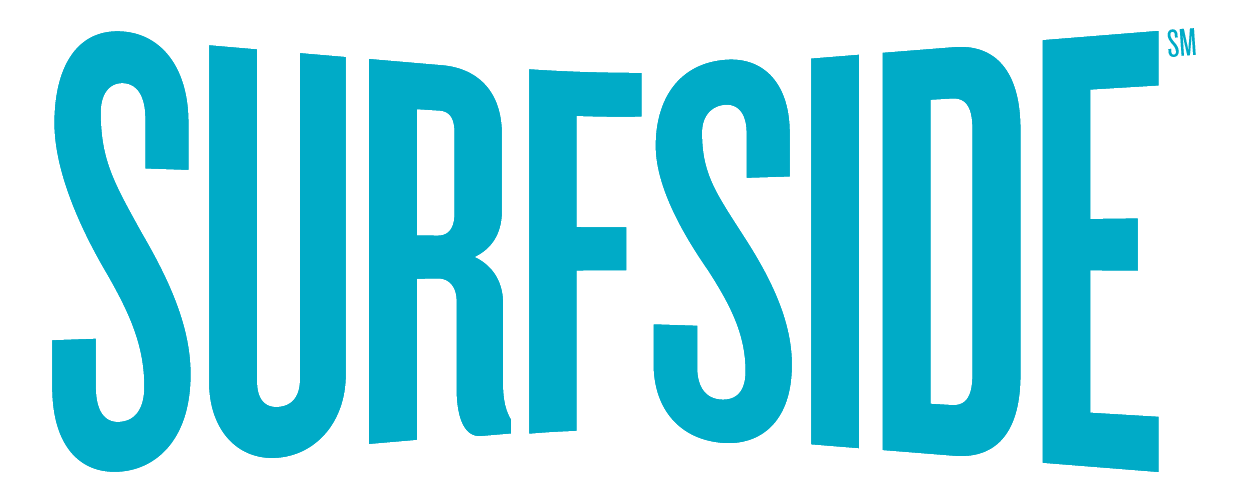Toothbrush and Toothpaste for Kids
We all want the best for our kids. When it comes to dental care we want to go to the best pediatric dentist (Surfside, of course!), get the best toothbrush, and buy the best toothpaste.
The first one is easy. Scheduling regular check-ups and cleanings with your child’s dentist is the best way to maintain proper oral care. However, if you have spent any time in the “dental hygiene” section of the local grocery, you probably already know that because of the number of choices, picking a toothbrush and toothpaste can be a bit daunting, to say the least. Here are some guidelines to use when choosing a toothbrush and toothpaste for your little ones and big little ones.
Cleaning teeth 0-3 years old
It is recommended by many dentists that baby’s gums and early teeth can be cleaned twice daily with damp cloth or gauze, or with a specially designed toothbrush for very small mouths. These should be very soft-bristled brushes that have been specifically designed to fit into tiny mouths comfortably, and brushing twice daily will get your baby used to the routine. As early as 2, your child can begin participating in the process at which point you can find a toddler toothbrush. These toothbrushes are also small and very soft, and often have flexible heads, and large handles for easier maneuverability. Although they will still need mom or dad to “finish the job” at this age, these brightly colored brushes will be highly engaging and can play a huge role in getting your child used to the daily routine of dental care. Although toothpaste is not, strictly speaking, necessary, it can be an added incentive to engaging children in the process. Only use a very small drop (a smudge?) of toothpaste each time you brush, and make sure you are buying toothpaste without fluoride for children below the age of about 3, or for children who have not yet learned to spit out toothpaste.
Toothbrush and toothpaste tips for 4-8 years olds
Children in this age range are still dealing with small mouths and will still very much need to be supervised during brushing. Toothbrushes bought now need to accommodate baby and adult teeth, alike. Look for toothbrushes with a little bit larger brush, and slightly narrower handles than the for babies and toddlers. Choose a soft-bristled brush and encourage gentler strokes over rough aggressive brushing. At this age, you will see them developing their own techniques. Allowing a child to pick out their own toothbrush and toothpaste at this age will probably be encouraging for your child, as there are familiar characters and brightly decorated options available at most stores. Make sure to buy toothpaste they like. It may sound obvious, but sometimes kids don’t like to brush, and partly it could be because they don’t like the toothpaste. So, shop around a little, and try not to be too upset if they don’t like the first one you buy. As long as your child has mastered the art of spitting out the toothpaste, at this stage it t is recommended to buy fluoridated toothpaste. Fluoride applied to the tooth will help prevent tooth decay by making it more resistant to acid, and has also been shown to reverse early decay. It is not recommended to ingest fluoridated toothpaste.
Tooth Care for Kids 9 and up
Kids this age are getting more and more independent and should be able to brush their own teeth without your help. Buy toothbrushes that are for “youth”. They look just like your toothbrush but will have a slightly smaller head and slightly larger handle. Adolescence can use either powered or manual depending on preference. As with the younger children, encouraging your child to participate in picking out their own toothbrush and toothpaste will do wonders for their motivation to brush. If your teen stops brushing, take the time to educate them of the effects not brushing can have on their mouths, but focus on the effects on their appearance. This is a point of serious concern for this age group and is sure to gain their immediate attention. This is actually a great time to get your child more active in his or her dental care. Consulting an orthodontist to discuss teeth straightening can help them feel empowered, as well as give them away to improve their appearance.
We certainly hope these guidelines will save you some time when picking out necessities for dental care. We hope to see you soon. Stay cool, surfers! Contact us for an appointment!






